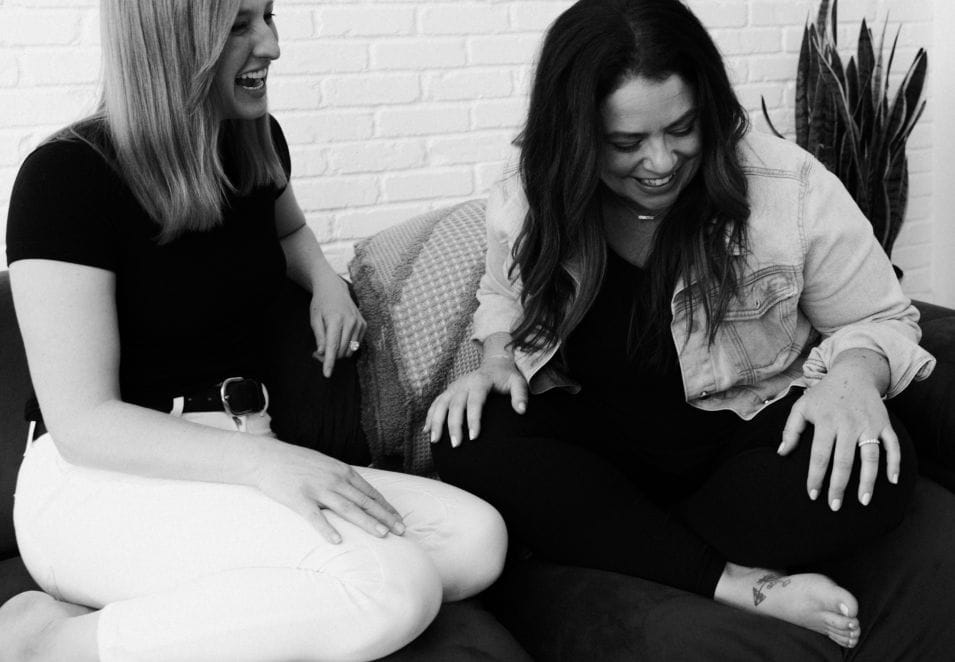What is a Rainbow Baby? One Mom’s Pregnancy After Loss Story
Friendship Through the Feeding Journey with Big Little Feelings
Kristin Gallant and Deena Margolin talk about the realities of friendship, feeding and feelings.
Most Popular
Explore Feeding Confessionals
Feeding Confessionals is a content series that highlights the emotional highs and lows of feeding a baby.
Recent Stories
15+ Best Gifts for Working Moms for Mother’s Day
If you’re looking for holiday gifts for the working mom in your life, we have the best ideas.
Nutrafol Hair Growth Supplements Reviewed by Real Bobbie Moms
Bobbie moms tried Nutrafol to see how it really worked on their postpartum hair.
8 Things to Know When Returning from Maternity Leave
The Mom Project shares 8 tips to help you navigate your return to work.
15+ Best Gifts for New Parents
Here are the best gifts to ensure a new mom or dad feels supported as they embark on their journey into parenthood.
Hilton Head Health— The Wellness Escape All Moms Need (Postpartum, too!)
All moms need a wellness weekend, we found the perfect escape!
11+ Best Pregnancy Snacks of 2024
Salty, sweet, chocolate or peanut butter. We’ll help you find the best pregnancy snacks that are healthy and delicious.
My New Identity as a #BoyMom
No one prepared our writer for becoming a mom, especially not a mom to two boys!
Storkcraft Next Caribou Bunk Bed Review— by a Bobbie Mom to Two Girls
When our mom of two needed more function at sleep time, she turned to Storkcraft!
Why We Love The Nugget Couch- Nugget Couch Ideas and Configurations for Kids
The Nugget Couch is so popular for kids, we found the best alternate flip sofas and kids furniture pieces.
Need a good read while you feed? Subscribe to Milk Drunk.
Keep in the loop with the top stories from the Milk Drunk team.

